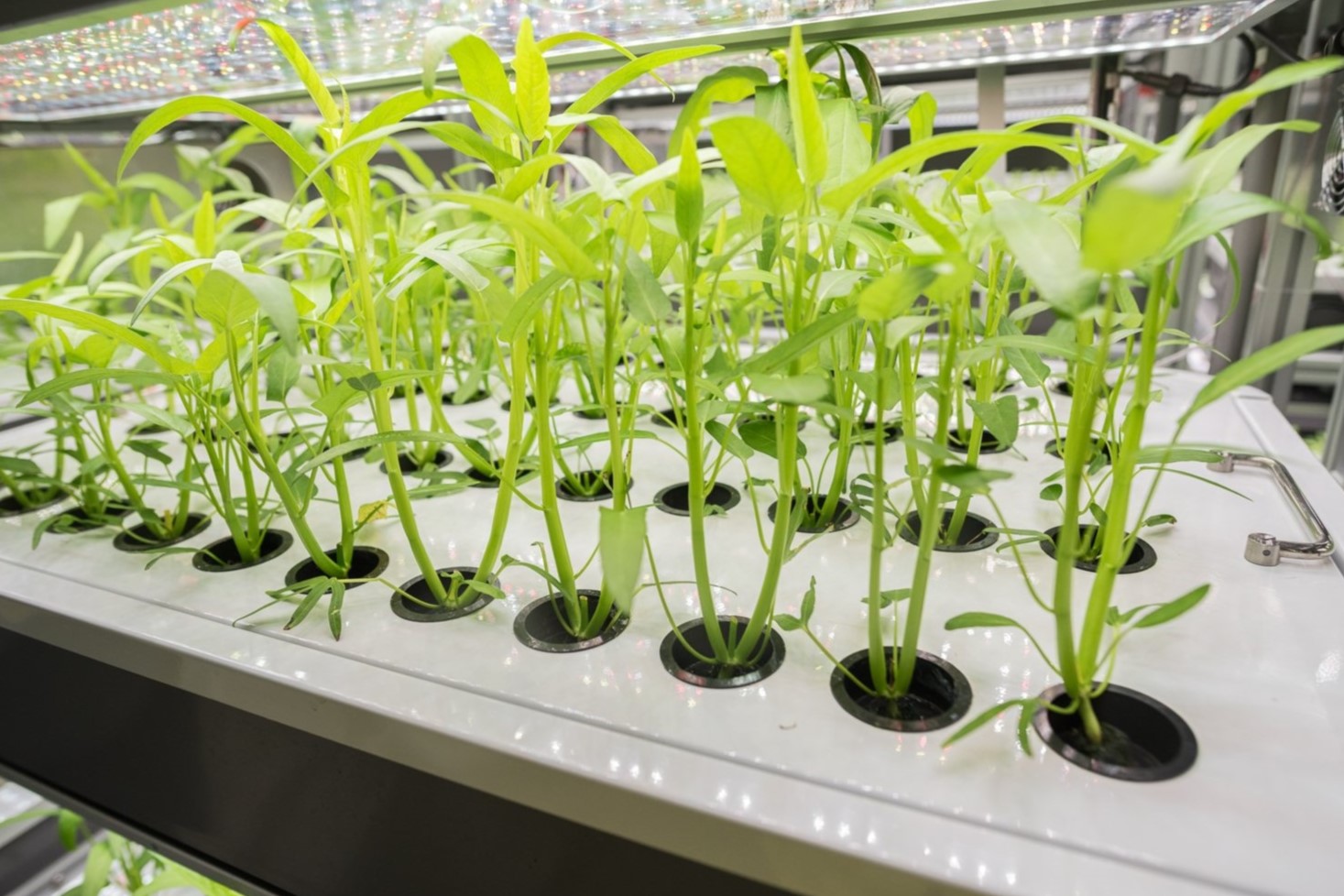
Water spinach, also known as kangkong or morning glory, is a leafy green vegetable popular in many Asian cuisines. But what makes this humble plant so special? Water spinach thrives in tropical and subtropical regions, growing rapidly in wet, marshy areas. Its hollow stems and tender leaves make it a versatile ingredient in stir-fries, soups, and salads. Not only is it delicious, but it also packs a nutritional punch. Rich in vitamins A and C, iron, and calcium, water spinach supports overall health. Curious about more intriguing facts? Let's dive into 25 fascinating tidbits about this amazing plant!
Key Takeaways:
- Water spinach, also known as kangkong or rau mu?ng, is a nutritious leafy green vegetable popular in Asian cuisines. It's rich in vitamins and minerals, making it a healthy and tasty addition to meals.
- Water spinach, while beneficial for its nutritional and medicinal properties, can also have environmental drawbacks as an invasive species. However, it's a sustainable crop for farmers and has been studied in space by NASA.
What is Water Spinach?
Water spinach, also known as Ipomoea aquatica, is a semi-aquatic plant often found in tropical and subtropical regions. This leafy green vegetable is popular in many Asian cuisines and is known for its nutritional benefits.
- Water spinach is also called kangkong in the Philippines and rau mu?ng in Vietnam.
- It thrives in wet, marshy environments, making it a common sight in rice paddies and riverbanks.
- The plant can grow up to 3 meters long, with hollow stems that help it float on water.
- Water spinach is a member of the morning glory family, sharing the same genus as sweet potatoes.
Nutritional Benefits of Water Spinach
Water spinach is not just tasty; it’s packed with nutrients that can benefit your health in numerous ways.
- It is rich in vitamin A, which is essential for good vision and immune function.
- The vegetable contains high levels of vitamin C, an antioxidant that helps protect cells from damage.
- Water spinach is a good source of iron, which is crucial for producing red blood cells.
- It also provides calcium, important for strong bones and teeth.
- The plant is low in calories, making it an excellent choice for weight management.
Culinary Uses of Water Spinach
This versatile vegetable can be cooked in various ways, adding flavor and nutrition to your meals.
- In Thailand, water spinach is often stir-fried with garlic and chili, a dish known as phak bung fai daeng.
- In Malaysia, it’s a key ingredient in sambal kangkong, a spicy stir-fry with shrimp paste.
- Filipinos enjoy it in adobong kangkong, where it’s cooked with soy sauce and vinegar.
- In Chinese cuisine, it’s commonly used in soups and hot pots.
- The tender shoots and leaves can be eaten raw in salads.
Environmental Impact of Water Spinach
While beneficial in many ways, water spinach can also have some environmental drawbacks.
- In some regions, it’s considered an invasive species because it grows rapidly and can choke waterways.
- It can outcompete native plants, disrupting local ecosystems.
- However, its fast growth rate makes it a sustainable crop for farmers in flood-prone areas.
- The plant can help reduce soil erosion along riverbanks.
Medicinal Uses of Water Spinach
Traditional medicine has long recognized the healing properties of this plant.
- In Ayurveda, water spinach is used to treat jaundice and liver disorders.
- It has anti-diabetic properties, helping to regulate blood sugar levels.
- The plant is believed to have anti-inflammatory effects, useful for treating skin conditions.
- It’s also used as a natural remedy for constipation due to its high fiber content.
Fun Facts About Water Spinach
Here are some interesting tidbits that you might not know about this amazing plant.
- Water spinach flowers are usually white or light purple and bloom in the morning.
- The plant is also known as "swamp cabbage" in some English-speaking countries.
- In space, water spinach has been grown as part of NASA’s experiments to study plant growth in microgravity.
And there you have it, 25 fascinating facts about water spinach!
Water Spinach: A Nutrient Powerhouse
Water spinach, also known as kangkong or morning glory, isn't just a tasty addition to meals. It's packed with vitamins A and C, iron, and calcium, making it a nutritional powerhouse. This leafy green thrives in tropical climates and grows rapidly, often in waterlogged areas. Its versatility in cooking—from stir-fries to soups—makes it a staple in many Asian cuisines.
Beyond its culinary uses, water spinach has medicinal properties. It's known to help with digestion, detoxification, and even blood sugar regulation. Plus, it's low in calories, making it a great choice for those watching their weight.
Incorporating water spinach into your diet can boost your health while adding flavor to your dishes. So next time you're at the market, grab some water spinach and enjoy its many benefits.
Frequently Asked Questions
Was this page helpful?
Our commitment to delivering trustworthy and engaging content is at the heart of what we do. Each fact on our site is contributed by real users like you, bringing a wealth of diverse insights and information. To ensure the highest standards of accuracy and reliability, our dedicated editors meticulously review each submission. This process guarantees that the facts we share are not only fascinating but also credible. Trust in our commitment to quality and authenticity as you explore and learn with us.


